Rare coins remain strong for the scarcest and highest-in-demand items. Coins with low populations in the highest grades will continue to garner strong prices because of their underlying scarcity and demand. Common and generic items are soft unless there is a bullion play involved. Do not buy problem coins with “bargain” prices; especially in speculative markets, avoiding any pitfalls, like problem coins, is crucial too.
Dealers expect higher bullion levels, but all remain reluctant due to past bullion market losses. They’re buying, but… Well, let me give you an example. While a dealer might play on a deal involving gold or silver coins, much of the price paid will reflect how easily the dealer can “layoff” the product if needed. Two deals walk into a shop: 1) collector coins requiring a large capital outlay and substantial work selling the items, or 2) PCGS-graded coins with some underlying bullion value on which a constant market exists to both buy and sell.
Deal number one is a neat offering with some collector coins, some generic type coins, a couple of coin sets, and a few silver dollars. None of the coins have a value of more than $500, but most pieces are in the $1 to $20 range, with a lot of the low-end type coins worth 25 to 50 cents each. That dealer should make a fair profit on this purchase after selling the coins, but it will involve a lot of time to inventory, evaluate, and sell.
Deal number two is a group of PCGS-graded Morgan Dollars and gold type coins. Deal number two is different right off the bat. The dealer knows they can make an offer sight unseen on these coins before they are ever physically examined. (Note: back when I was a dealer, I always required a seller to text me an image of the coin in the holder with the PCGS spec and serial number. This is good practice to protect the buyer and seller.)
When I was a dealer making offers for PCGS coins, I had the ability to make a cash offer and then incentivize the potential client to bring them to me because I would pay “at least” what I offered minimum, but a “little more” if the coin/coins were particularly pretty.
Not only was this a huge advantage to me as a dealer, but the customer had the ability to get other bids! This allowed the seller to get other offers and compare them to mine. Frankly, if it was an item I was interested in, why wouldn’t I make a strong offer? I bought a lot of coins in those days!
While the coin market is healthy, dealers aren’t chasing deals requiring a lot of work. The bottom line is that PCGS-graded coins in general, rarities, and bullion-related items are quite healthy right now, but there is softness in other areas.
Stuff is stuff, and cash is king.
Interestingly, one of the biggest disparities I see currently is the disappearance of premiums on numismatic gold in the MS61, MS62, MS63, and even MS64 grades. Generally, PCGS-graded gold type coins carry a premium over their melt value based on the market for these items. Currently, and most likely a result of the higher gold-bullion levels, premiums on many common Liberty Head and Saint-Gaudens Double Eagles are quite modest. This is also true of Liberty Head Eagles.
Yes, these prices will fall if bullion levels tumble. Yet, interestingly enough there is generally some cushion because they are, after all, numismatic gold items.
Generic coins are trending softer, but there are major dealers stockpiling generics because of the belief in their underlying value. When I’m talking about “generic” coins here, I’m mostly discussing PCGS-graded Morgan and Peace Dollars, as well as Walking Liberty Half Dollars. Not only are these items still traded frequently in roll quantities, but PCGS-graded generic-date coins are often sought in large lots. It isn’t unusual for a dealer to have an order for 500 PCGS MS64 Morgan Dollars or 250 PCGS MS65 Walking Liberty Half Dollars.
While a lot of the market for similar items such as these is often determined by large orders, the basal value is most often pretty stable. In other words, dealers with plenty of capital believe in the underlying value of these high-demand U.S. numismatic items and are willing to stockpile large quantities for higher price levels later. Most medium-sized and smaller dealers don’t have the capital available to stockpile these coins. Any softness in these markets currently is transitory.
The most anticipated items of the year are the new 2024 Morgan and Peace Dollars. The Mint State issues of both the Morgan and Peace Dollars will be available for sale in the summer, while the proof issues of both will be available in the fall. The 2024 Proof Gold Eagle and Mint State Silver Eagle will be available in the spring, while the Mint State 2024 Gold Eagle and Proof Silver Eagle will be available in the summer.
Using the original designs of Augustus Saint-Gaudens, George T. Morgan, and Anthony de Francisci in the American Eagle and new silver dollar designs, combined with modern minting technology, is a numismatic twofer. No wonder these modern U.S. Mint coins are so popular. While modern coinage is quite lovely, and there is usually some underlying bullion value, a buyer must always weigh the premiums paid (over melt value) for the “pretty design” when determining if the price paid will ever be recouped.
The market for rare coins is constantly changing. Always focus on underlying value and the security of authenticity and quality with a PCGS-graded product.
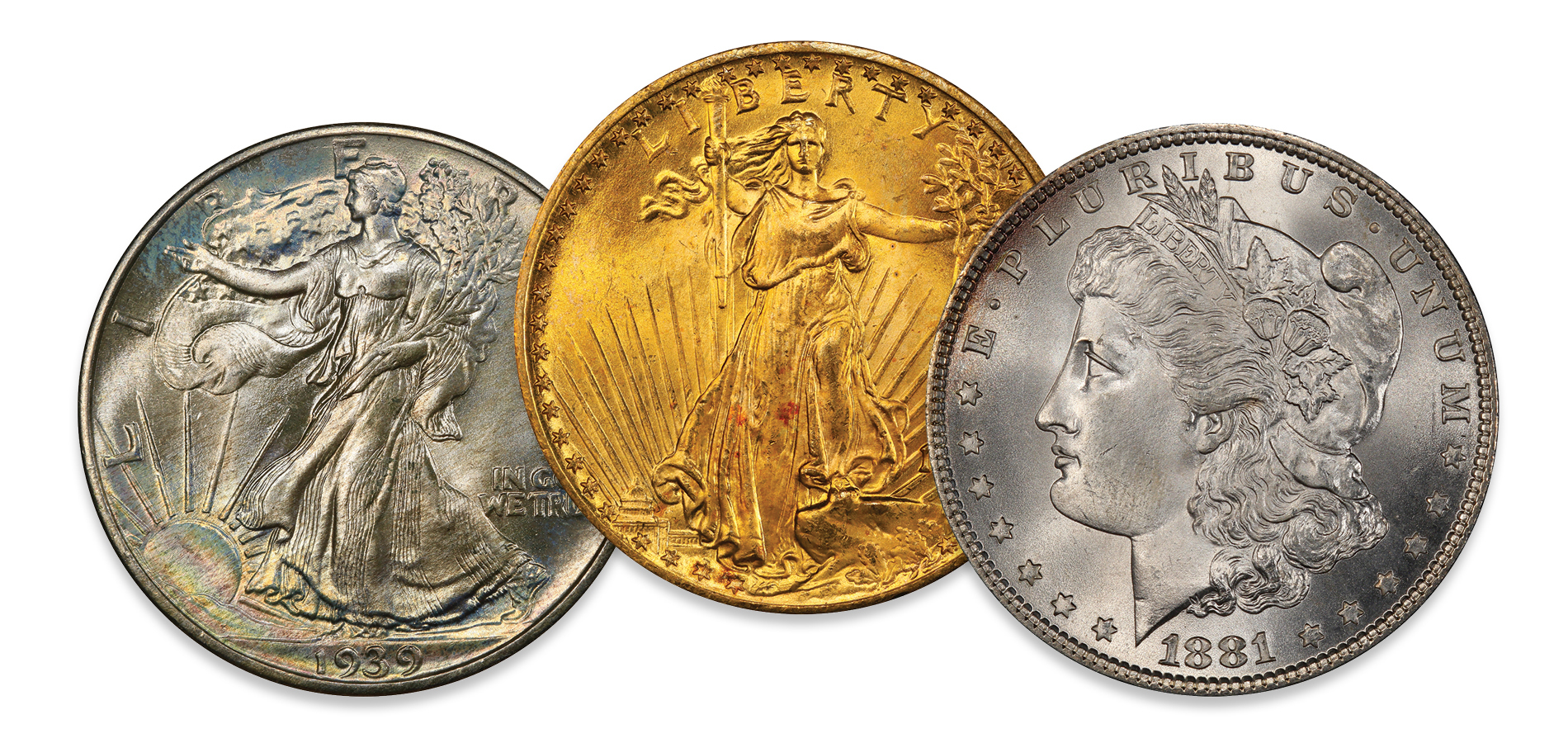

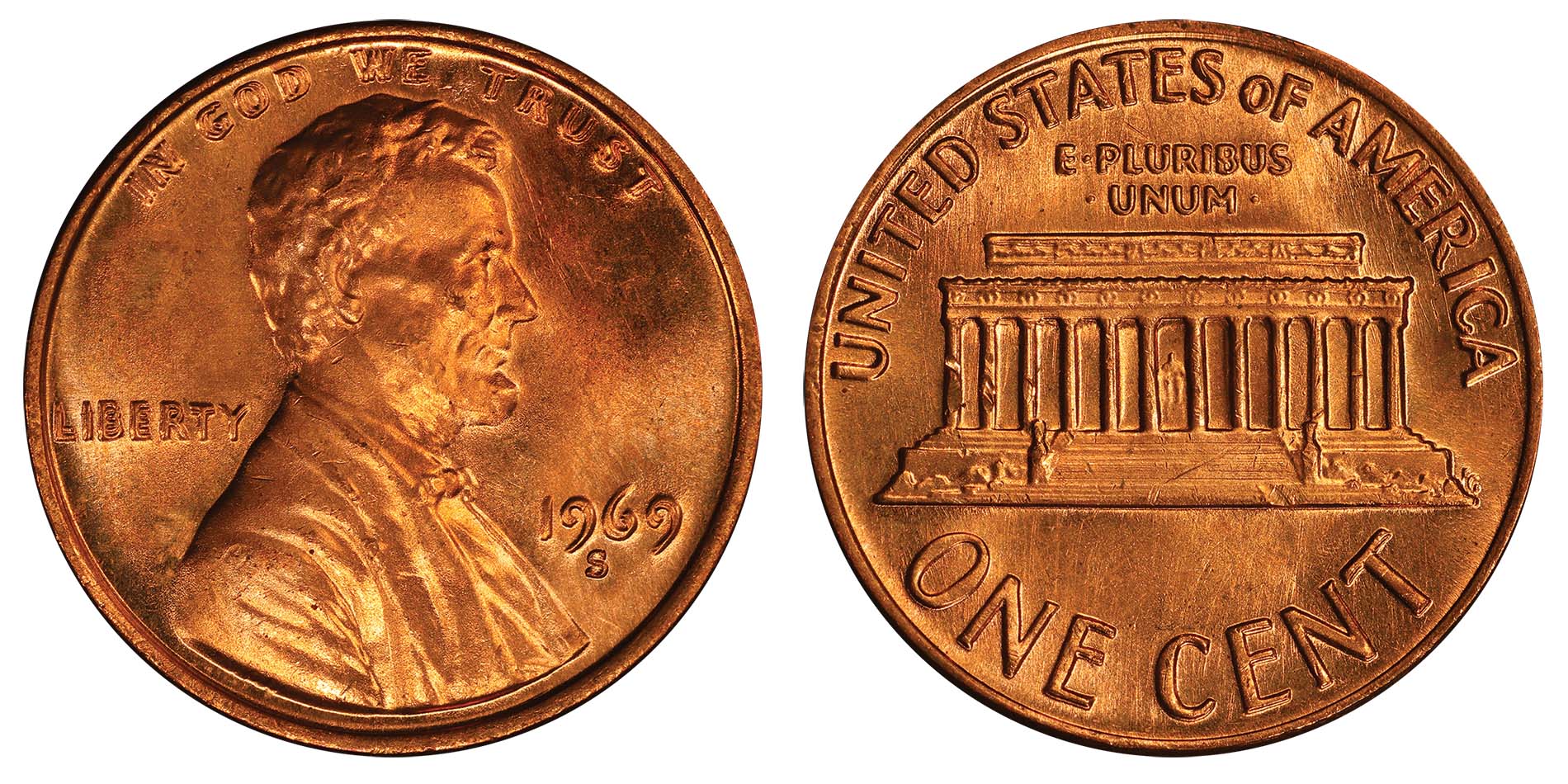



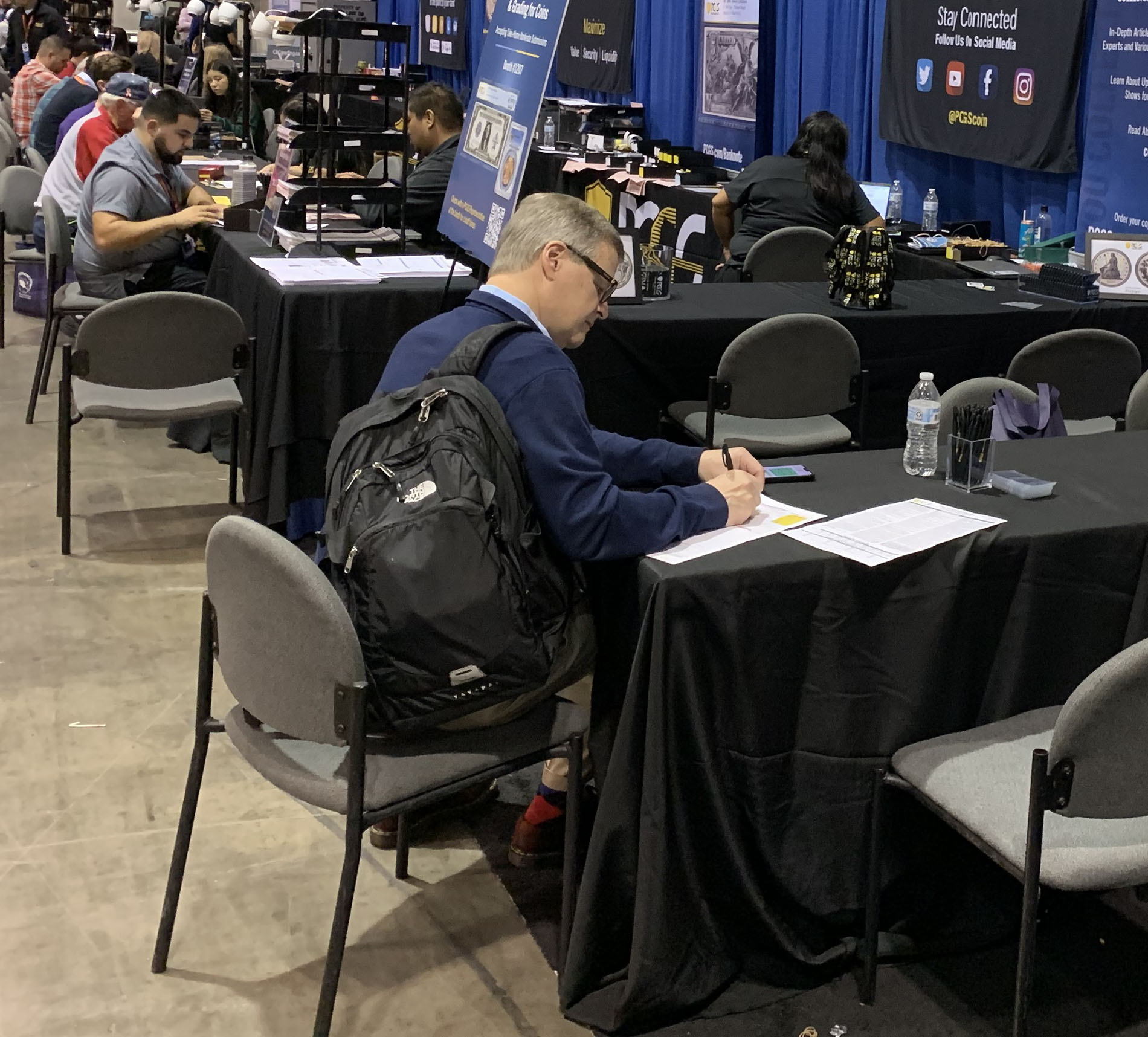
 Copper & Nickel
Copper & Nickel
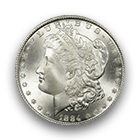 Silver Coins
Silver Coins
 Gold Coins
Gold Coins
 Commemoratives
Commemoratives
 Others
Others
 Bullion
Bullion
 World
World
 Coin Market
Coin Market
 Auctions
Auctions
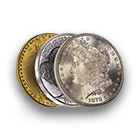 Coin Collecting
Coin Collecting
 PCGS News
PCGS News